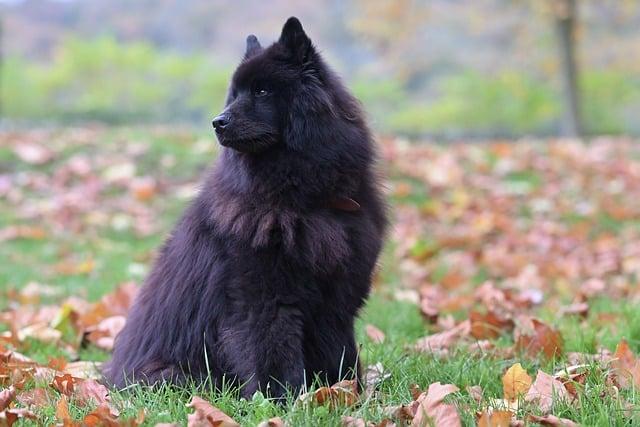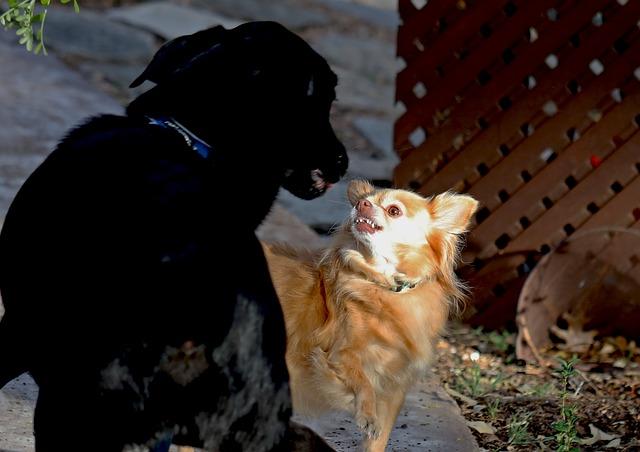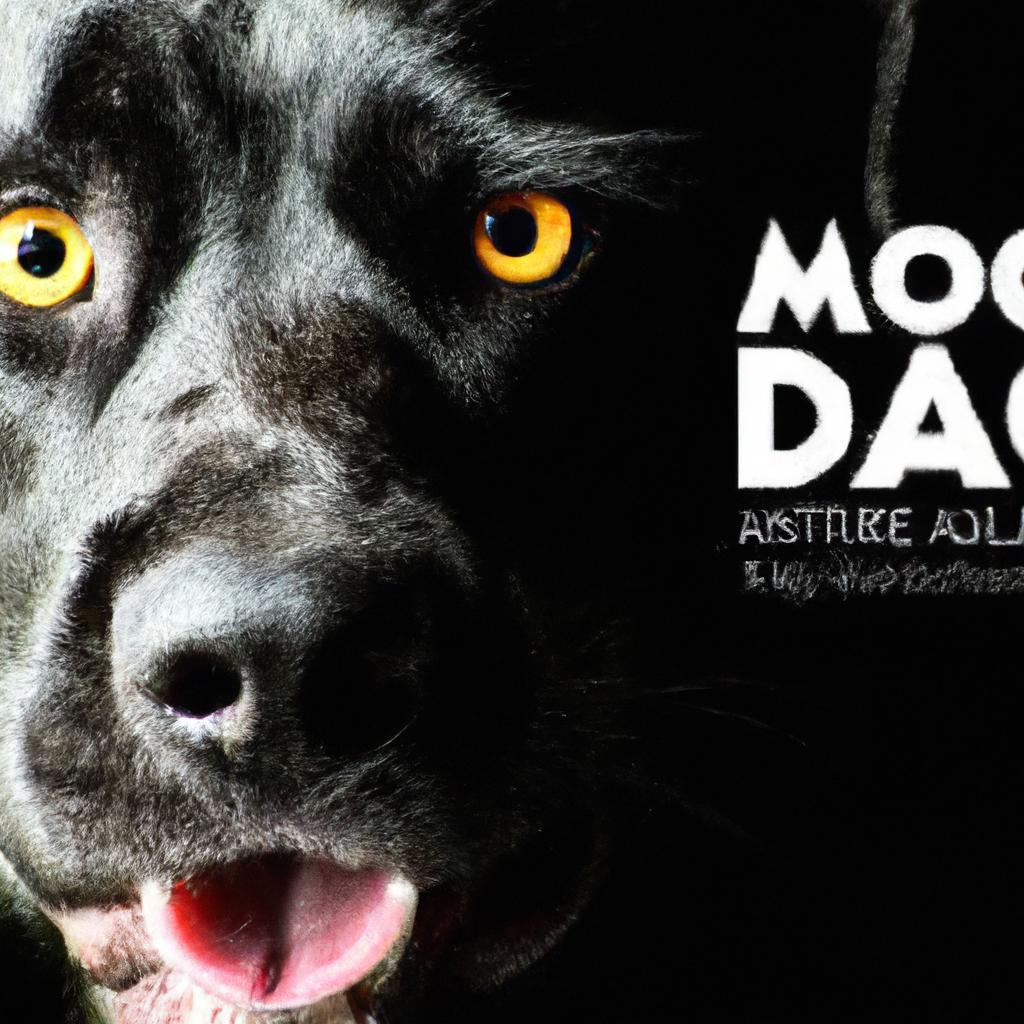In a quiet neighborhood, a family welcomed a powerful breed known for its loyalty and strength: the Rottweiler. Initially, they were charmed by its protective nature, but soon, they faced challenges. The dog’s instincts kicked in, leading to aggressive behavior towards strangers. This story highlights a crucial truth: while any dog can be dangerous if not trained properly, certain breeds, like Rottweilers, require experienced owners. Understanding a breed’s traits is essential for safety. Choose wisely; the right training can transform potential danger into a loving companion.
Contents
- Understanding the Factors Behind Dog Aggression and Danger
- Identifying the Breeds Most Frequently Associated with Aggressive Behavior
- Evaluating the Role of Training and Socialization in Mitigating Risks
- Implementing Responsible Ownership Practices to Ensure Safety and Harmony
- Q&A
Understanding the Factors Behind Dog Aggression and Danger
Dog aggression is a complex behavior influenced by a myriad of factors, ranging from genetics to environment. Understanding these elements is crucial for both dog owners and potential adopters. **Genetic predisposition** plays a significant role; certain breeds are more prone to aggressive tendencies due to their history and purpose. For instance, breeds originally developed for protection or hunting may exhibit more assertive behaviors if not properly trained and socialized.
Another critical factor is **socialization**. Dogs that are not exposed to various people, animals, and environments during their formative months may develop fear-based aggression. This lack of exposure can lead to anxiety and defensive behaviors, which can escalate into aggression if the dog feels threatened. Early and ongoing socialization is essential in shaping a well-adjusted canine companion, regardless of breed.
**Training and owner behavior** also significantly impact a dog’s temperament. A well-trained dog is less likely to exhibit aggressive behaviors, while inconsistent or harsh training methods can lead to confusion and fear. Moreover, the owner’s demeanor plays a vital role; dogs are highly attuned to human emotions and can mirror their owner’s anxiety or aggression. Thus, responsible ownership and positive reinforcement training are paramount in mitigating aggressive tendencies.
Lastly, **environmental factors** cannot be overlooked. A dog’s living situation, including the presence of other pets, children, and the overall household dynamics, can influence its behavior. Stressful environments or changes, such as moving to a new home or the introduction of a new family member, can trigger aggressive responses. Understanding these factors allows for proactive measures to create a safe and harmonious living space for both dogs and their families.
Identifying the Breeds Most Frequently Associated with Aggressive Behavior
When discussing canine aggression, it’s essential to approach the topic with a balanced perspective. Certain breeds have garnered a reputation for being more prone to aggressive behavior, often due to their physical strength, protective instincts, and historical roles. However, it’s crucial to remember that individual temperament is influenced by numerous factors, including training, socialization, and the environment in which a dog is raised.
Among the breeds frequently mentioned in discussions about aggression are:
- American Pit Bull Terrier: Known for their strength and loyalty, these dogs can exhibit aggressive tendencies if not properly trained and socialized.
- Rottweiler: Often used as guard dogs, Rottweilers can be protective of their families, which may lead to aggressive behavior if they perceive a threat.
- German Shepherd: While they are intelligent and versatile, their protective nature can sometimes manifest as aggression, particularly if they are not adequately socialized.
- Doberman Pinscher: This breed is known for its loyalty and protective instincts, which can lead to aggressive behavior if they feel their territory is threatened.
It’s important to highlight that aggression is not solely a breed-specific trait. Factors such as poor training, lack of socialization, and negative experiences can significantly influence a dog’s behavior. Responsible ownership plays a pivotal role in shaping a dog’s temperament. A well-trained and socialized dog, regardless of breed, is less likely to exhibit aggressive tendencies.
Moreover, media portrayal often skews public perception, leading to misconceptions about certain breeds. While statistics may show higher incidents of aggression in specific breeds, it’s vital to consider the context. Many dogs labeled as aggressive are often responding to fear or stress rather than inherent aggression. Understanding the underlying causes of aggressive behavior can help in developing effective training and management strategies, ensuring a safer environment for both dogs and humans.
Evaluating the Role of Training and Socialization in Mitigating Risks
When considering the potential risks associated with certain dog breeds, it is essential to recognize that the behavior of a dog is significantly influenced by its training and socialization. Proper training can transform a dog’s temperament and reduce the likelihood of aggressive behavior. By establishing clear boundaries and expectations, owners can foster a sense of security and obedience in their pets. This proactive approach not only benefits the dog but also enhances the safety of the community.
Socialization plays a crucial role in a dog’s development, particularly for breeds that may be predisposed to aggression. Exposing dogs to a variety of environments, people, and other animals from a young age helps them learn appropriate behaviors and reduces fear-based reactions. A well-socialized dog is more likely to respond positively to unfamiliar situations, making it less likely to exhibit defensive or aggressive tendencies. Engaging in regular socialization activities can significantly mitigate risks associated with certain breeds.
Moreover, ongoing training and reinforcement of positive behaviors are vital in maintaining a dog’s good conduct throughout its life. Consistent training sessions, coupled with positive reinforcement techniques, can help reinforce desirable behaviors and discourage negative ones. This not only strengthens the bond between the dog and its owner but also ensures that the dog remains a well-adjusted member of society. Owners should prioritize continuous education and training to adapt to their dog’s evolving needs.
Ultimately, the responsibility lies with the owner to ensure that their dog is adequately trained and socialized. By investing time and effort into these critical aspects, owners can significantly reduce the risks associated with owning certain breeds. It is essential to remember that a dog’s behavior is not solely determined by its breed but is largely shaped by the environment and experiences provided by its owner. A commitment to training and socialization can lead to a safer and more harmonious coexistence between dogs and the communities they inhabit.
Implementing Responsible Ownership Practices to Ensure Safety and Harmony
Responsible ownership is crucial in fostering a safe environment for both dogs and the community. Understanding the specific needs and characteristics of various breeds can significantly mitigate risks associated with dog ownership. Owners must prioritize education about their chosen breed, including its temperament, exercise requirements, and socialization needs. By doing so, they can cultivate a well-adjusted pet that contributes positively to society.
Training plays a pivotal role in ensuring that dogs behave appropriately in various situations. Engaging in consistent, positive reinforcement training helps to establish clear boundaries and expectations. Owners should consider enrolling their dogs in obedience classes or working with professional trainers who specialize in their breed. This proactive approach not only enhances the dog’s behavior but also strengthens the bond between the owner and the pet.
Socialization is another key component of responsible ownership. Exposing dogs to different environments, people, and other animals from an early age can help reduce anxiety and aggression. Owners should actively seek opportunities for their dogs to interact with diverse stimuli, ensuring that these experiences are positive and rewarding. A well-socialized dog is more likely to exhibit calm and friendly behavior, contributing to a harmonious community.
Lastly, it is essential for owners to recognize the importance of proper care and health management. Regular veterinary check-ups, vaccinations, and a balanced diet are fundamental to a dog’s well-being. Additionally, owners should be aware of their dog’s body language and behavior, as these can indicate stress or discomfort. By being attentive and responsive to their pet’s needs, owners can prevent potential issues and promote a safe, enjoyable environment for everyone.
Q&A
-
Which dog breed is considered the most dangerous?
While no breed is inherently dangerous, certain breeds, such as the Pit Bull, Rottweiler, and German Shepherd, are often labeled as dangerous due to their strength and history of aggressive incidents. It’s essential to recognize that individual temperament varies widely within each breed.
-
Are certain breeds more prone to aggression?
Yes, some breeds may exhibit more aggressive tendencies, often due to factors like genetics, training, and socialization. However, responsible ownership and proper training can significantly mitigate these risks, making any breed a safe companion.
-
What role does training play in a dog’s behavior?
Training is crucial in shaping a dog’s behavior. A well-trained dog, regardless of breed, is less likely to exhibit aggressive behavior. Positive reinforcement techniques can foster a strong bond and encourage good behavior, proving that responsible ownership is key.
-
Can any dog become dangerous?
Yes, any dog has the potential to become dangerous if not properly trained, socialized, or treated. Factors such as abuse, neglect, and lack of socialization can lead to behavioral issues. It is vital for owners to commit to responsible care and training to prevent such outcomes.
understanding the complexities of dog behavior is essential. Rather than labeling breeds as inherently dangerous, we should focus on responsible ownership and training. By fostering a culture of education and awareness, we can ensure safer communities for all.

大家好,我是彼得潘,專業的手法身體治療師。我喜歡探索和研究各種主題,並透過與人工智慧的合作分享專業、實用、有趣的文章。我們定期進行人工審核,以確保內容的準確性。如果您發現文章中有任何不準確的地方,請隨時與我們聯繫,我們會及時糾正。您可以透過 [email protected] 與我們聯繫。



